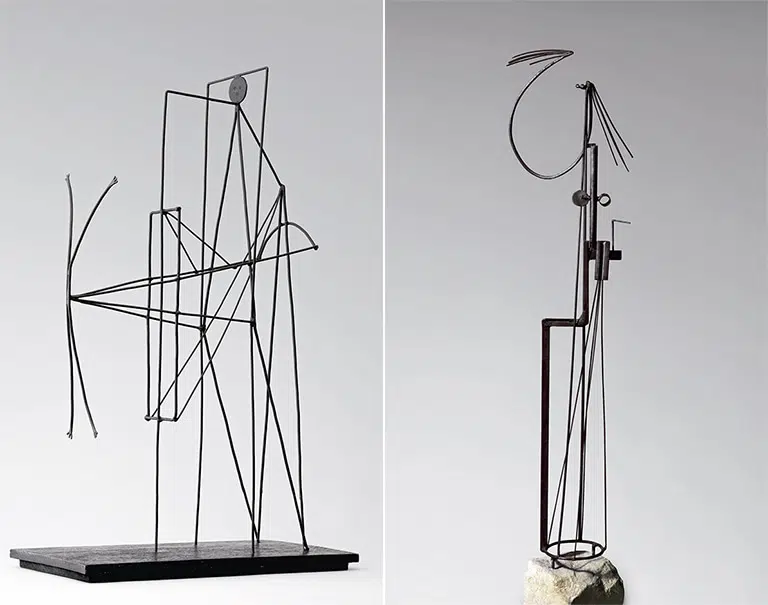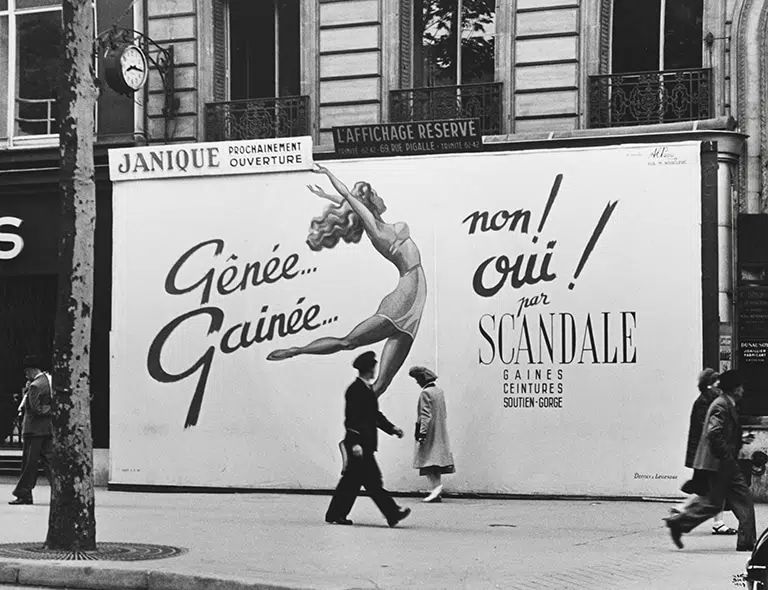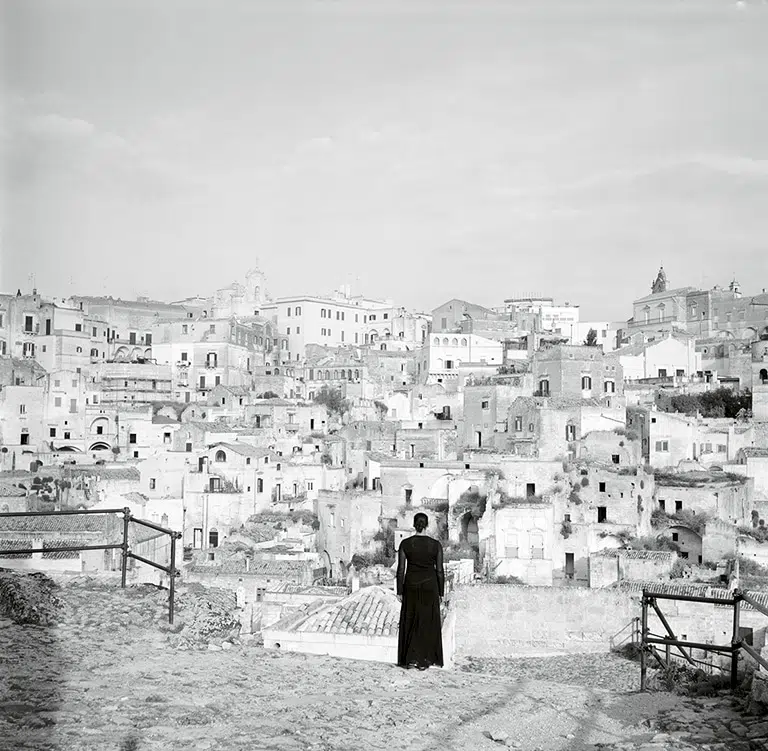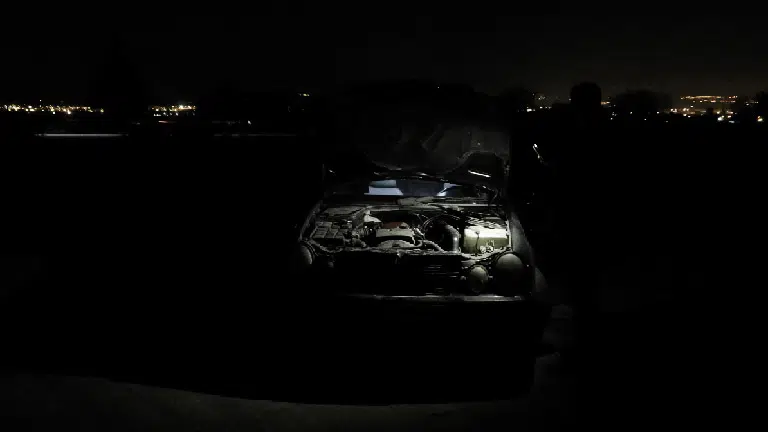Catalogue des ombres / Catalog of Shadows
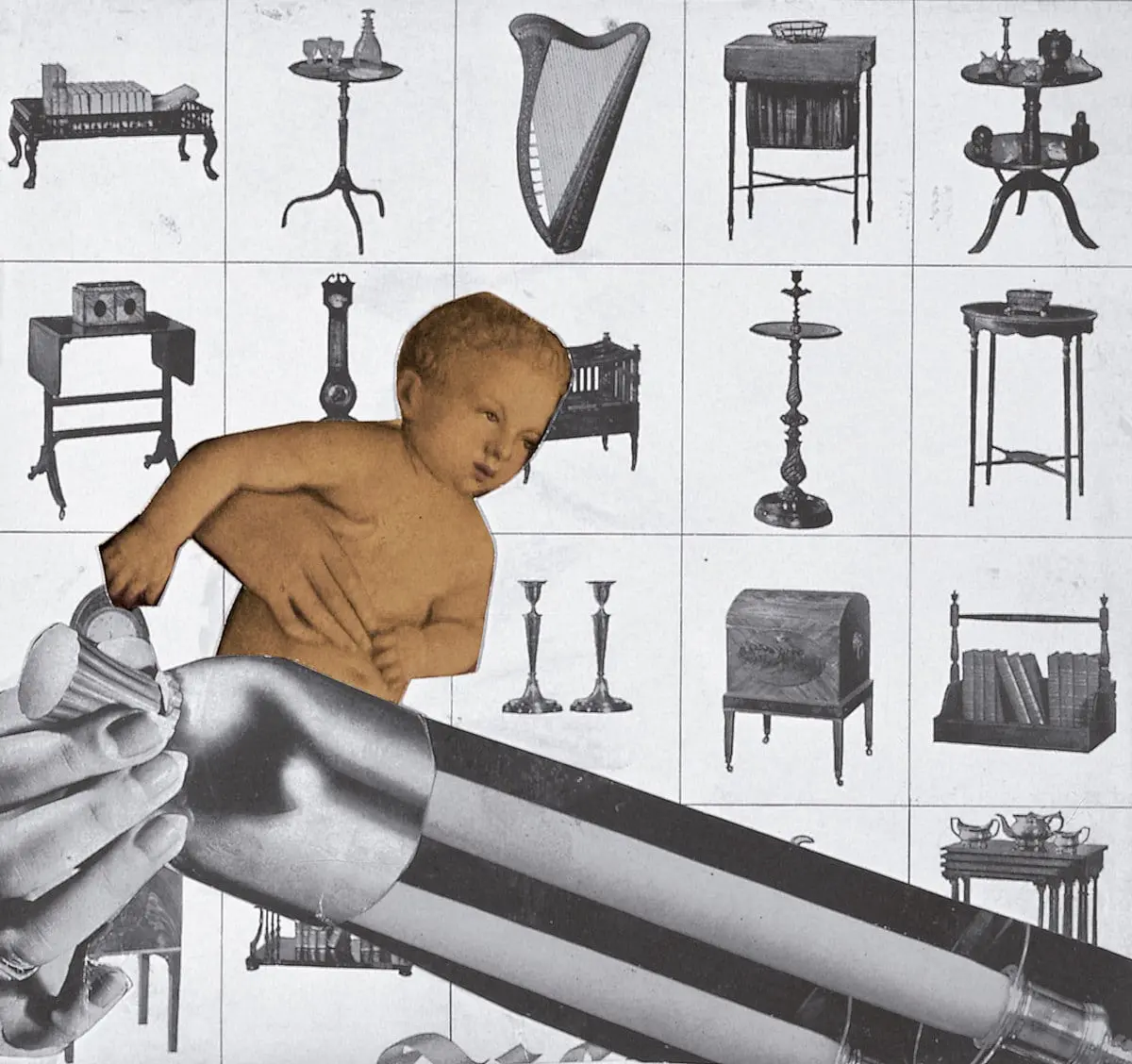
Remedios Varo
Catalogue des ombres / Catalog of Shadows, 1935
© Remedios Varo, VEGAP. Madrid, 2021
© Fundación MAPFRE COLLECTIONS
Entry date: 2003
Technique
Collage
Dimensions
Paper size: 17.1 × 18.4 cm
Frame size: 51.5 x 51.5 x 4 cm
Inventory
FM000333
Description
The first surrealist works by Remedios Varo, shown in an exhibition with José Luis Florit in a café on the Gran Vía in Madrid, are dated 1935.The only one that has survived shows the influence of Dalí, who, at the time, both in Spain and the rest Europe, exerted a strong influence on young artists who identified themselves as “surrealists”.
In July of 1935, Varo met Óscar Domínguez, who had gone to spend the summer in Barcelona, where Marcel Jean joined them. With these new friends, who took part directly in the activities of the surrealist group in Paris, Remedios and Esteban Francés, with whom she had a close friendship, started playing the game of “exquisite corpses”, although they introduced a new technique:”to the surprises of collaboration was added the joy of collage.We cut people, objects, animals… from old magazines and glued them to sheets of paper, and each participant, after hiding his own collage, passed the paper to the next collaborator. We cut and pasted until the supply of old magazines was reduced to shreds. Some of these corpses have survived and are currently in private collections and museums (Marcel Jean, Au galop dans le vent, Paris, Éditions Jean-Pierre de Monza, 1991. p. 50).Like most drawn exquisite corposes, these have an anthropomorphic form.Using the same technique, Remedios created a series of photomontages, including Le message, La leçon d’anatomie, La corrida and the Catalogue des ombres. Puzzle, patchwork, hotchpotch, kaleidoscope, mishmash… The collage always combines disparate elements, uniting elements of different mental universes, fragments of an enigmatic totality. The details of the work can be interpreted in different ways, at times contradictory, without the possibility of imposing hierarchies. In this meeting of absurd materials traces can be found of interference from a memory with gaps in it.Seeds of narratives could be planted, giving rise to ambiguous myths, with their fragments plucked from a world that sometimes does not exist – a language of vignettes and quotations like an involuntary toponymic poem.
In January of 1936, Remedios met Paul Éluard, who was in Barcelona to present the Picasso exhibition organized by ADLAN ((Friends of the New Art) in Sala Esteve. Éluard gave several lectures on Picasso’s painting and Surrealism.At the start of the Spanish Civil War, the artist came into contact with the poet Benjamin Péret, who had come to fight in the POUM, on the Aragon front. After becoming the poet’s companion, she took part, starting in 1937, in all the activities of the surrealist group in Paris, and later emigrated to Mexico in 1942. Until the early fifties, she did not devote her energies fully to her artistic activity. The world she created was an entirely personal one, governed by extravagant laws where beings and objects are prisoners to incredible phenomena such as levitation and transmutation. In this world, according to Roger Caillois, “what was solid becomes liquid and what was liquid evaporates and disappears”, creating a magnetism that keeps the spectator fascinated. Her last painting, Naturaleza muerta resucitando (Still Life Resurrecting), evokes a table that starts turning on its own without having summonsed any spirits or intermediaries.
[Emmanuel Guigon]
DIEGO, Estrella de, Remedios Varo, Madrid, Fundación Mapfre, 2007.
GARCÍA, Catherine, Remedios Varo, peintre surréaliste? Création au féminin: hybridations et métamorphoses, Paris, L’Harmattan, 2007.
JAGUER, Édouard, Remedios Varo. Mexico City, Ediciones Era, 1980.
KAPLAN, Janet, Viajes inesperados. El arte y la vida de Remedios Varo. Madrid, Fundación Banco Exterior, (1988), 2007.
MENDOZA, Edith, A veces escribo como si trazase un boceto: los escritos de Remedios Varo, Madrid, Iberoamericana, 2010.
OVALLE, Ricardo, et al., Remedios Varo, catálogo razonado, Mexico, Era, 2008.
PAZ, Octavio; CAILLOIS, Roger; GONZÁLEZ, Juliana, Remedios Varo. Mexico City, Ediciones Era, 1966.
Remedios Varo, exhib. cat. Madrid, Fundación Banco Exterior, 1988.
Remedios Varo, exhib. cat. Mexico, Museo de Arte Moderno, 1997.
Remedios Varo. Arte y literatura, exhib. cat. Teruel, Museo de Teruel, 1991.
Remedios Varo. Letters, Dreams and Other Writings (introduction and Notes by I. Castells). Mexico, Biblioteca Era, 1997.
VARO, Beatriz, Remedios Varo: en el centro del microcosmos. Mexico / Madrid / Buenos Aires, Fondo de Cultura Económica, 1990.
